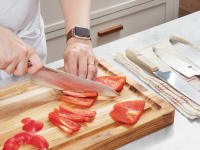This trendy cookware brand made a new knife that slices with ease
Thinking about a mandoline? Try this knife instead.
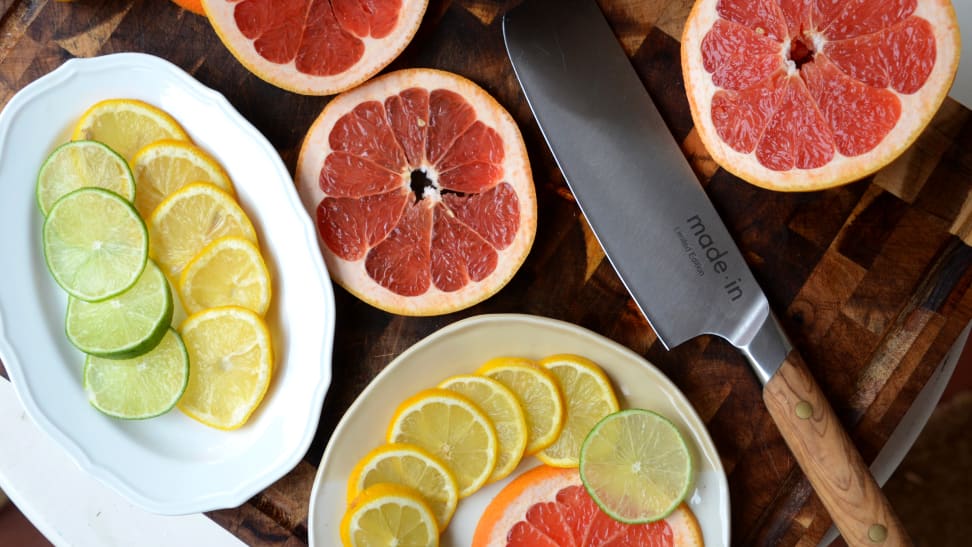 Credit:
Reviewed / Valerie Li Stack
Credit:
Reviewed / Valerie Li Stack
Recommendations are independently chosen by Reviewed's editors. Purchases made through the links below may earn us and our publishing partners a commission. Prices were accurate at the time this article was published but may change over time.
As a home cooking enthusiast, I have a confession to make: Our friends bought my husband and me a mandoline slicer from our wedding registry back in March, but I’m still too scared to try it—hence why it’s currently collecting dust in our basement. I know the top-rated mandolines probably won’t cost me a finger, but I’d still rather save my precious hand and use a chef’s knife instead.
I love my chef’s knife for the most part, except when it comes to slicing and dicing. The round edge makes performing these tasks slow and inconvenient, as I have to rock the knife back and forth, which usually results in uneven pieces.
That’s why the nakiri knife piqued my interest—it’s designed for slicing vegetables as beautifully and efficiently as a mandoline. Here's how it went when I tried it out.
What is a nakiri knife?
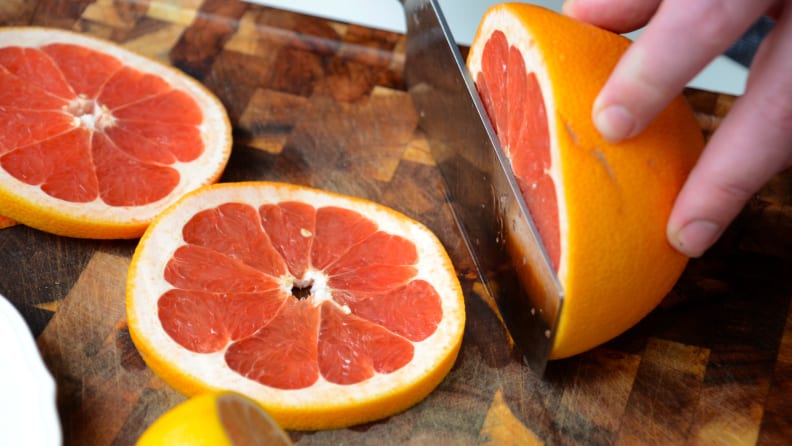
A nakiri knife is typically used for chopping vegetables.
A nakiri knife is traditionally used to chop and slice vegetables in Japanese cuisine as its straight, symmetrical blade can cut through large pieces without rocking back and forth like many other knives with round edges. This means more evenly sliced pieces than other types of knives.
About the Made In nakiri knife
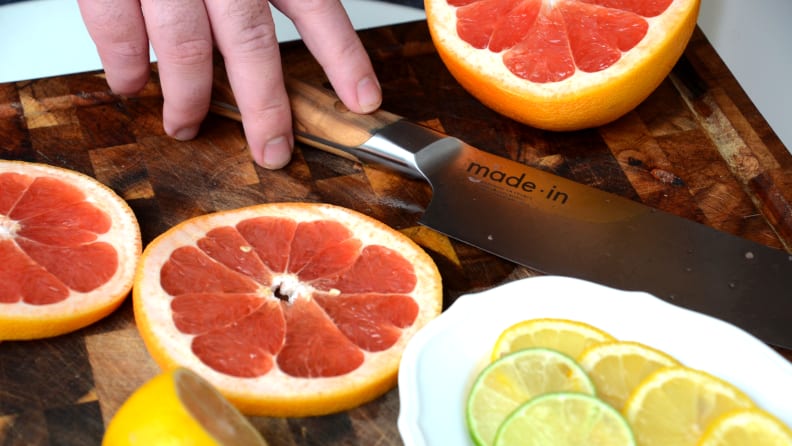
The beautiful design and smooth performance are what we like about this knife.
As a person who loves collecting charming-looking knives of all kinds, I was drawn to the stunning European olive wood handle with brass rivets of the Made In nakiri knife, which sold out on the day of its launch.
A slightly different version of their original nakiri—with handles in red, grey, and black—is now available for $89 per piece. The blade is full tang, which means the blade extends the full length of the grip portion of the handle, making the knife more stable and durable. It’s forged by fifth-generation bladesmiths in France.
What we like
In testing, I found this knife shares some common elements found in other high-end knives—it’s lightweight enough that my hand isn’t left feeling sore after slicing five apples in a row, and it’s strong enough that I can cut as thinly as I wish with minimum effort.
It’s relatively easy to clean. Though it’s not dishwasher-safe, this nakiri knife can be washed with warm, soapy water. There are no sharp edges on the back and front of the blade, making it relatively safe to wash, as long as you do so carefully.
What we don't like
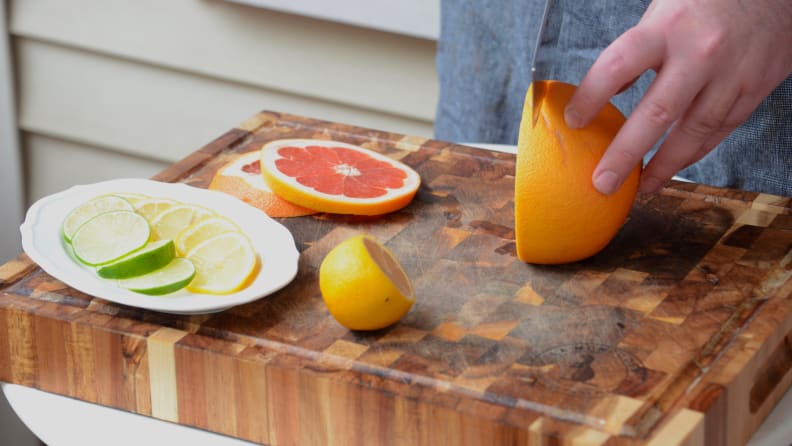
This pretty knife may require some maintenance work.
Though it’s a beautifully forged knife that can chop vegetables effortlessly, this knife isn’t without limitations. First, you need to be aware that it’s built for hand-washing only and requires immediate drying. If patience isn’t something you can spare, then you may be better off owning a lower-maintenance knife.
For those who are shopping for their first knife, keep in mind that it can’t replace an all-purpose chef’s knife. A chef’s knife can cover more cutting tasks if used correctly, like coring an apple.
One major disadvantage of the squared-off rectangular blade design is that with some food, no air was able to pass around the blade while slicing, which resulted in large slices being stuck on the knife. This happens frequently when cutting cold butter, potatoes, and other root vegetables. If you’re annoyed by this like I was, try looking for a knife with dimples on the edge of the blade—they’re meant to keep suction to minimum while in use.
Should you get the Made In nakiri knife?
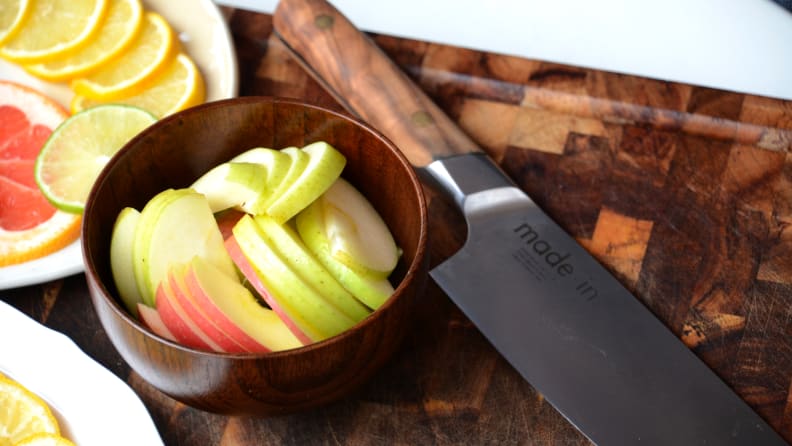
In addition to its top-rated cookware, Made In cutlery line has received high marks as well.
Whether shopping for yourself or buying for a friend, this nakiri knife can make a lovely gift that’s also practical. We’ve come to adore Made In cookware for its excellent performance in testing, and this high quality, hand-crafted nakiri maintains the same high standard that the brand has established for itself.
If you want to create your own collection of knives and don’t know where to start, we recommend checking out our comprehensive knife buying guide on how to pick the knives that are most suitable for your cooking needs.

